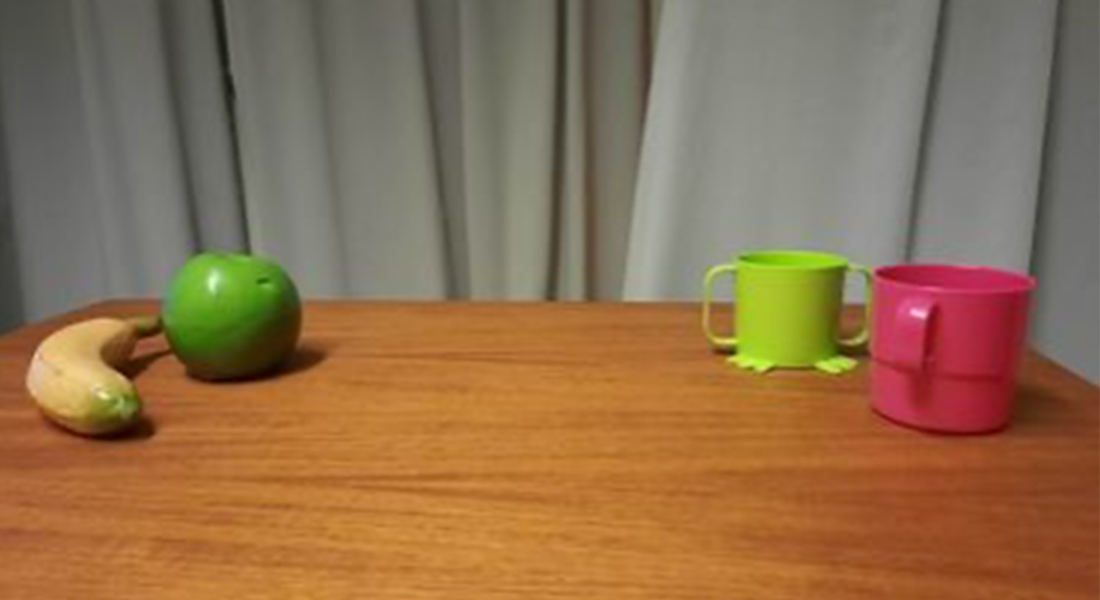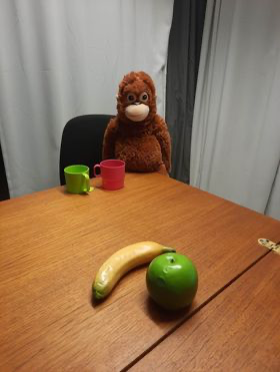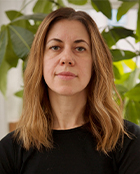Self-reference
In the current study, we investigate whether children’s developing self-awareness influences how they perceive and remember novel toys in a social context. Children get more aware of themselves in their second year of life. They start recognizing themselves in the mirror and develop a concept of what belongs to themselves and what belongs to others. It is the age when they start saying “my” or “mine”.


In this study, we want to find out whether this development of the self influences how well young children remember novel objects and whether they remember those objects better that belong to themselves. For this, we introduce 1,5-year-olds to a number of novel toys that are either attributed to themselves or to a puppet called Svend. Following this, children are shown pictures of the same objects on a screen while we record where they look on the screen. Typically, children look longer at novel, unknown objects than at objects that they have seen before. With this measure, we want to find out whether children remember the toys better that they received than those that someone else, here the puppet Sven, got. This study will help us understand how young children’s memory is influenced by the ownership and self-relevance of objects in relation to their developing self-concept.
| Charlotte Grosse Wiesmann Independent Research Group Leader Milestones of Early Cognitive Development Max Planck Institute for Human Cognitive and Brain Sciences |
|
|
PhD, Professor
victoria.southgate@psy.ku.dk |
 |
About the study
Self-reference began in October2020 and was completed in 2022.
Contact
Charlotte Grosse Wiesmann
Independent Research Group Leader
Max Planck Institute for Human Cognitive and Brain Sciences
